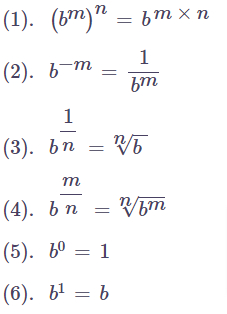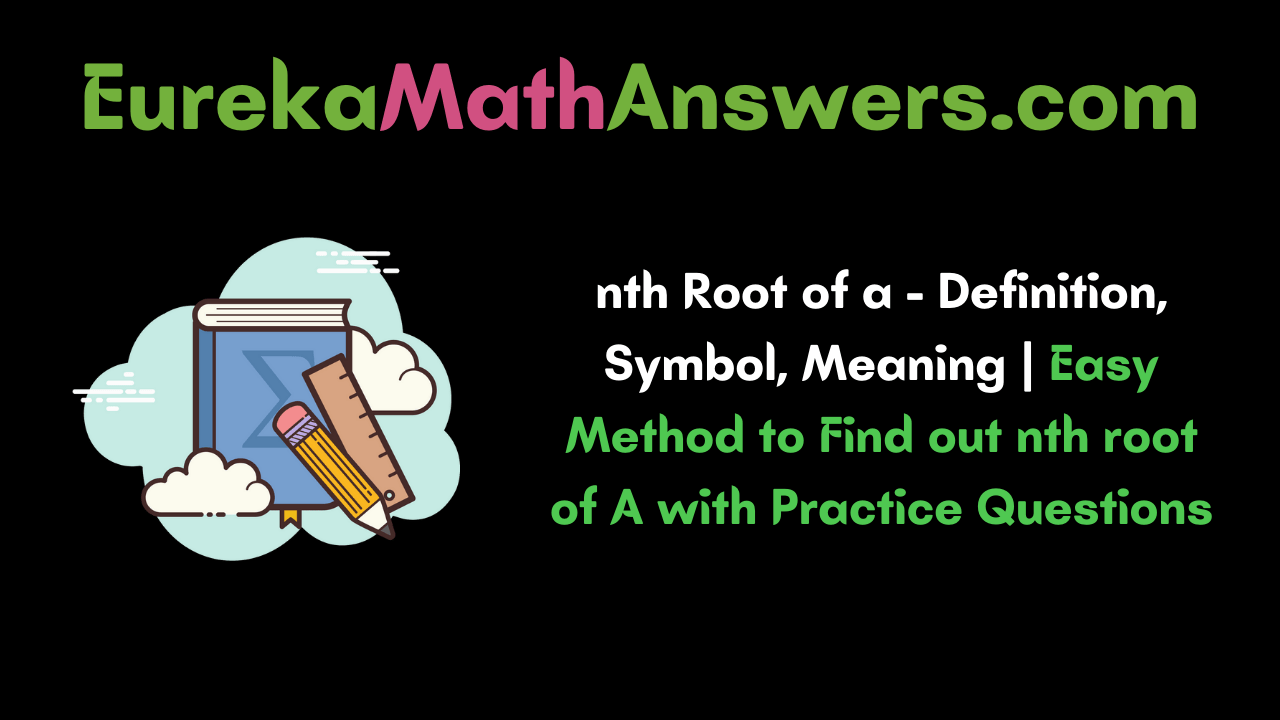Arithmetic Mean is commonly referred to as an average. The Arithmetic Mean in Statistics is nothing but adding the numbers in a given data set and then dividing by the total number of items within that set. In this article, we have shared the three essential types of Word Problems on Arithmetic Mean (average).
Check out this free average word problems pdf and try to solve all the questions based on the arithmetic mean (average), weighted average, and average speed. For your reference and best practice sessions, we have listed out a few arithmetic mean problems with answers so learn well and score the best grades in exams.
Read Similar Articles:
How to Solve (Average) Arithmetic Mean Word Problems?
In order to calculate the various word problems on arithmetic mean, we have to follow some basic steps;
- Firstly, collect the data from the question.
- Find Sum of the observations and the total number of observations.
- Now, put the values in the given arithmetic mean formula ie., Arithmetic Mean (Average) = (Sum of the observations)/(Number of observations)
- Finally, you will get the required result for the given word problem on calculating the arithmetic mean.
 Where Sum of Observations = Average x Number of Observation
Where Sum of Observations = Average x Number of Observation
Worked-out Arithmetic Mean Problems with Answers PDF
Example 1:
The marks scored by 7 students in a maths class test are 21, 23, 25, 27, 29, 31, 33. Find the arithmetic mean.
Solution:
Mean = Sum of the marks of students /number of students
= 21 + 23 + 25 + 27 + 29 + 31+ 33 / 7
= 189/7
= 27
Hence, mean of marks is 27.
Example 2:
A cycle race was formed by 5 participants in the times provided below. What is the average time for this cycle race? 3.8 hr, 4.7 hr, 5.7 hr, 3.1 hr, 4.9 hr
Solution:
Given participates are 5 and its times are 3.8 hr, 4.7 hr, 5.7 hr, 3.1 hr, 4.9
Now, add the times 3.8 + 4.7 + 5.7 + 3.1 + 4.9
The formula to calculate the Arithmetic mean or Average is Sum of observations/ Number of observations
Mean = 3.8 + 4.7 + 5.7 + 3.1 + 4.9 / 5
= 22.2 / 5
= 4.44
Example 3:
Find the mean of the first 10 odd numbers?
Solution:
Given that first 10 odd numbers ie., 1, 3, 5, 7, 9, 11, 13, 15, 17, 19
Mean = Sum of the 10 odd numbers / total count of odd number
= 1 + 3 + 5 + 7 + 9 + 11 + 13 + 15 + 17 + 19 / 10
= 100/ 10
= 10.
Example 4:
If the arithmetic mean of 12 observations 26, 10, 14, 16, x, 17, 9, 11, 12, 19, 28, 20 is 22. Find the missing observation.
Solution:
Given observations are 26, 10, 14, 16, x, 17, 9, 11, 12, 19, 28, 20, Total observations = 12 and Arithmetic mean = 22
Arithmetic Mean (Average) = (Sum of the observations)/(Number of observations)
22 = 26 + 10 + 14 + 16 + x + 17 + 9 + 11 + 12 + 19 + 28 +20 / 12
22 = 182 + x / 12
182 + x = 22 x 12
182 + x = 264
x = 264 – 182
x = 82
Hence, the missing observation is 82.
Example 5:
The mean of 20 numbers was found to be 18. Later on, it was detected that a number 46 was misread as 26. Find the correct mean of given numbers.
Solution:
Given that the calculated mean of 20 numbers = 18
Hence, calculated sum of these numbers = (18 x 20) = 360
Correct sum of these numbers = [360 – (wrong item) + (correct item)]
=[360 – 46 + 26]
= 340.
Therefore, the correct mean = 340/20 = 18.
Example 6:
Yash chose to do running and Zumba to be fit. He spent 40 hours doing Zumba and running in 10 days. On average, how much money did he spend on doing running and Zumba every day?
Solution:
No. of hours Yash spent on doing running and Zumba = 40 hours
No. of hours Yash spent on doing running and Zumba in 10 days = 40/10 = 4 hours
Hence, Yash spent 4 hours doing running and Zumba.
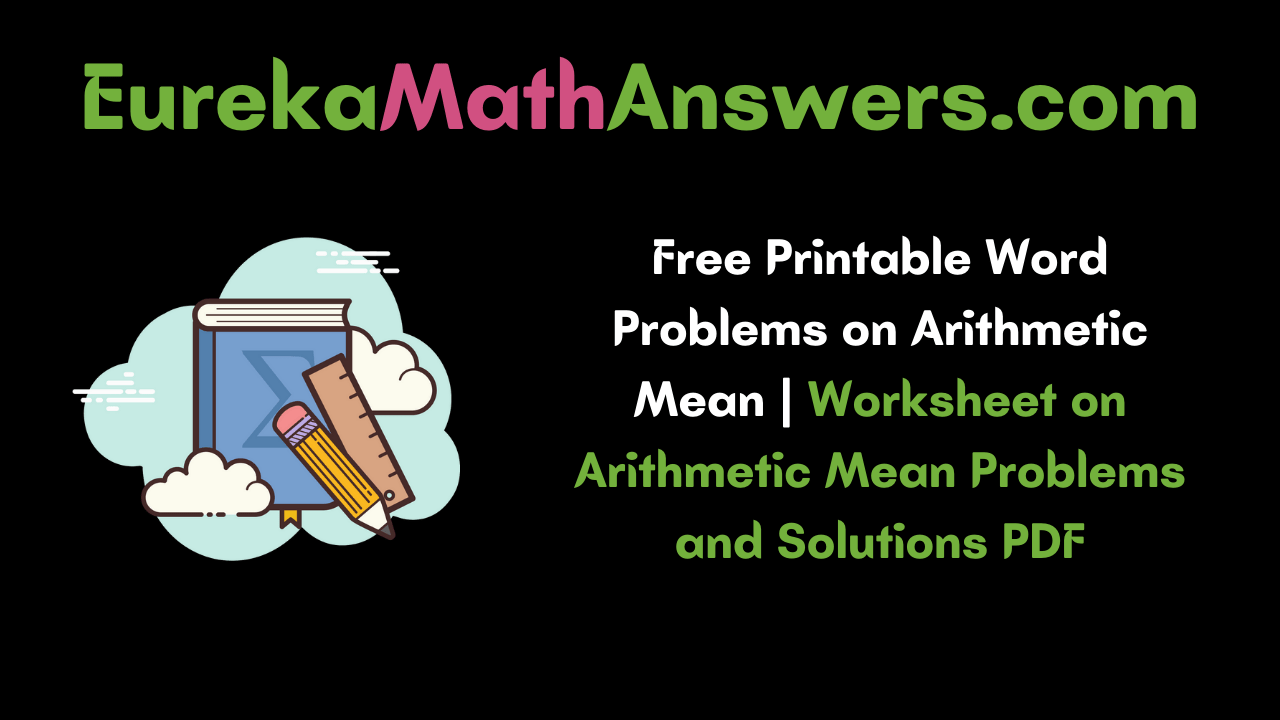


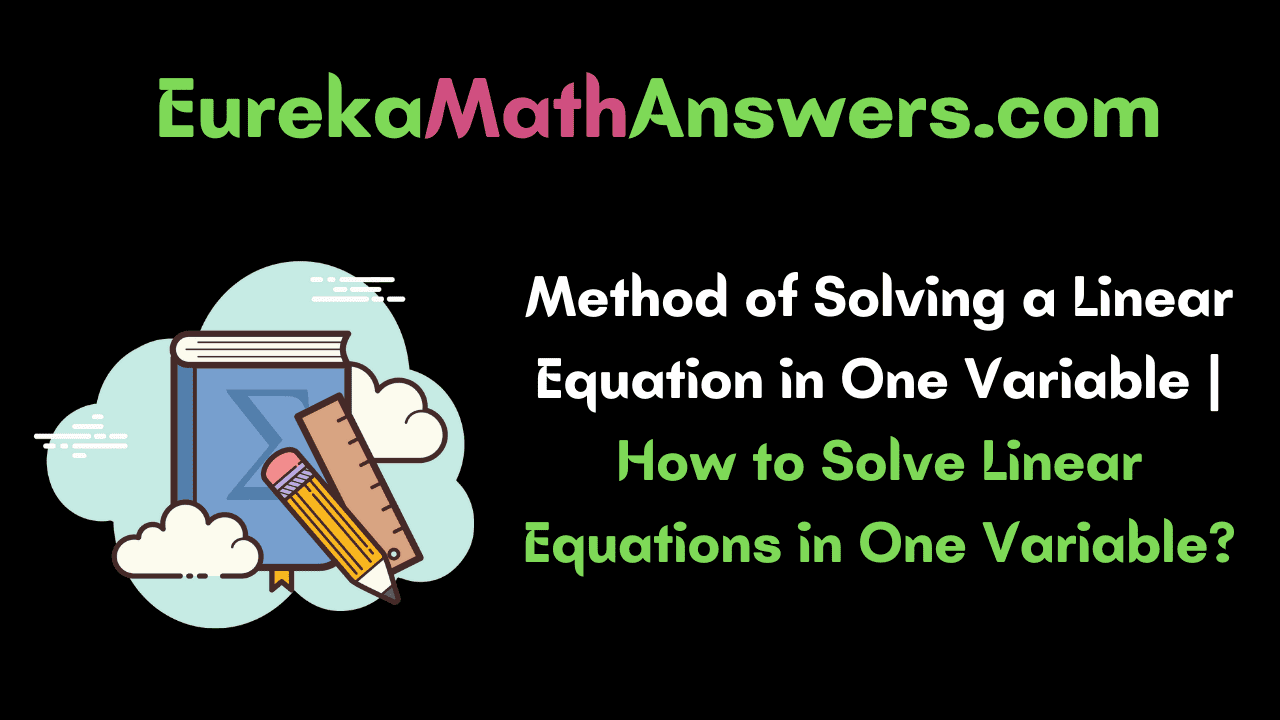
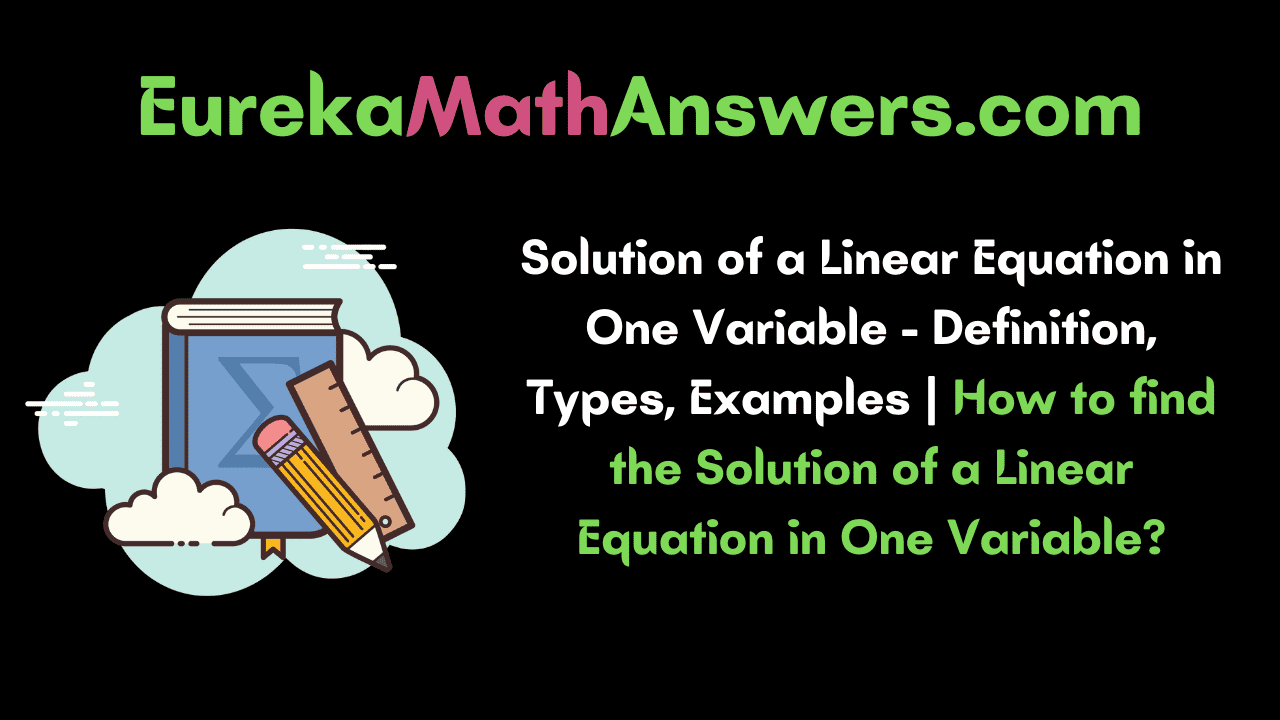


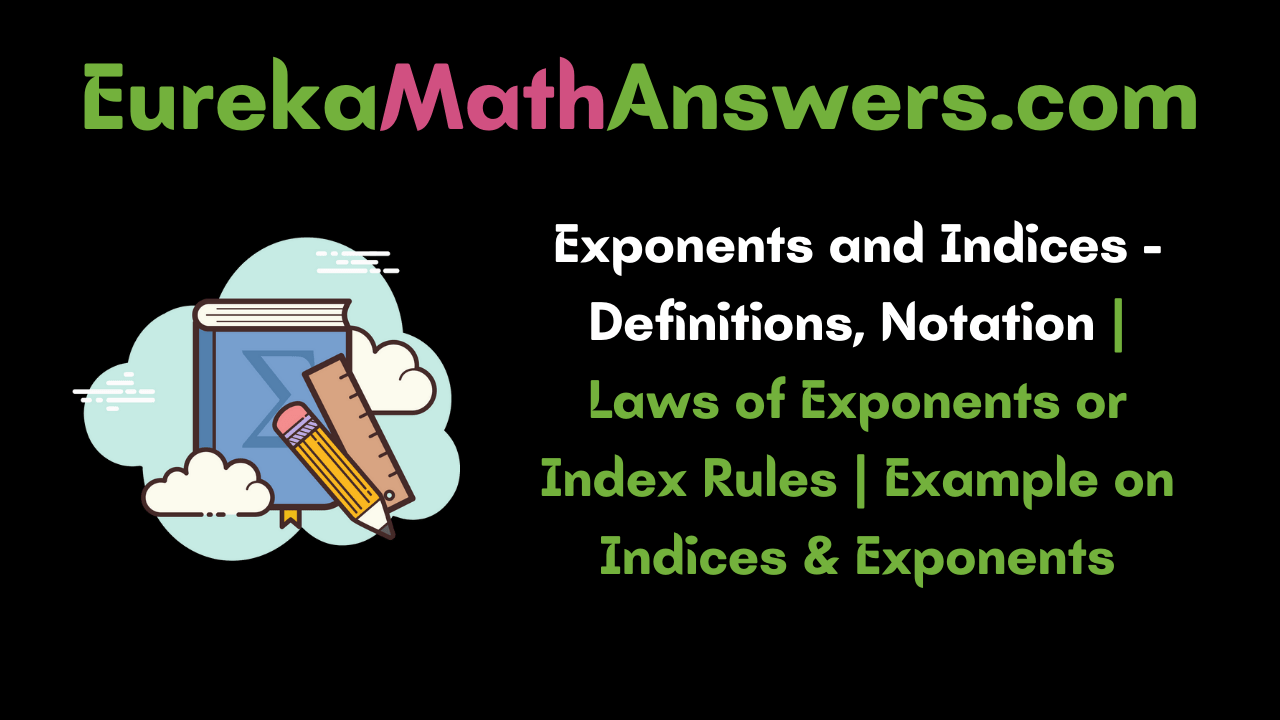
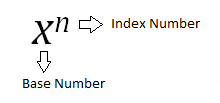
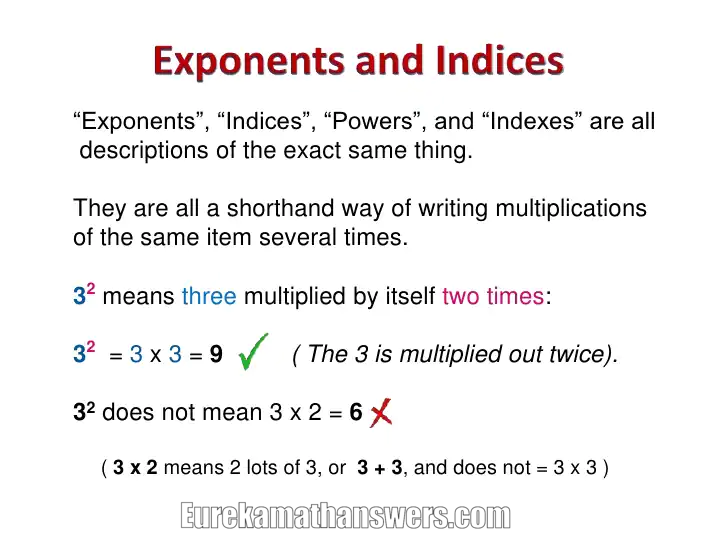 Exponent Rules | Properties of Exponents & Indices | Laws of Exponents and Indices
Exponent Rules | Properties of Exponents & Indices | Laws of Exponents and Indices